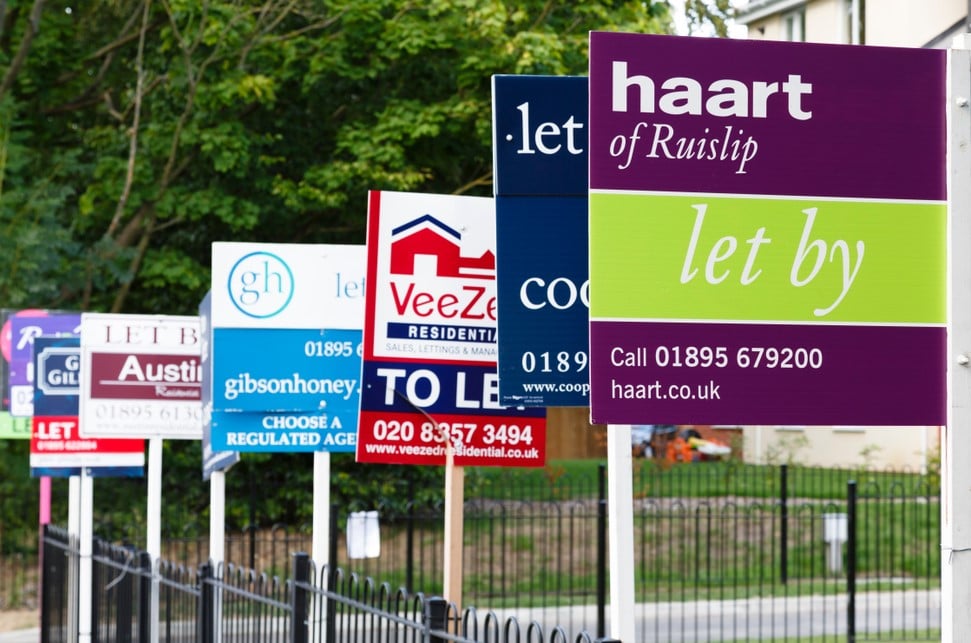
0:02 AM, 28th November 2023, About 6 months ago 14
Text Size
Landlords who rent to social tenants will face a £1,700 annual shortfall on new lets despite the Chancellor’s attempt to increase housing benefits in his Autumn Statement, the Daily Telegraph reports.
The local housing allowance (LHA) rates, which determine the amount of housing benefit claimants receive, will be raised in April 2024 to cover rent on the cheapest 30% of homes in each area, Jeremy Hunt, the Chancellor, announced last week.
But this increase will only cover a third of the rent growth since 2019, leaving landlords with a choice between accepting lower income or risking tenants falling into arrears.
LHA rates have been frozen since the pandemic began but record levels of rent growth since 2020 have meant that they are now out of kilter with what is available on the market.
Now, instead of covering the cheapest 30% of homes, housing allowances only cover rent on the cheapest 5% of newly listed properties, according to property website Zoopla.
Mr Hunt’s latest decision means the LHA increase will be based on average rent growth across all properties since September 2019, which is around 12.5%.
Andrew Wishart, who runs the housing service at Capital Economics, said the average increase in market rates on newly let properties was nearly three times this at 33%.
This means that even after the increase in LHA, the monthly housing benefit payment for a two-bedroom home will still be £143 less than the market rate for a newly let home, Mr Wishart said.
Over a year, this will amount to a shortfall of £1,716.
Capital Economics has forecast that rents will rise by a further 7.7% in 2025-26, but next year’s LHA uprating will be a one-off, with rates frozen again from 2025-26.
Mr Wishart told the Telegraph: “This will generate a fresh shortfall.”
The rent gap will put pressure on both landlords and tenants, especially in areas where demand for social housing is high and supply is low.
Landlords may be reluctant to let to social tenants, reducing their options and increasing their vulnerability to homelessness.
Tenants may struggle to pay the difference between their benefit and their rent, leading to debt and eviction.
The National Residential Landlords Association (NRLA) has called for LHA rates to be reviewed annually and to reflect the realities of the rental market.
Adam Kingswood, of Kingswood Residential Investment Management in Nottingham, says that a landlord with a tenant on benefits will struggle to charge more than LHA rates because the tenant cannot afford to make up the difference.
Mr Kingswood said: “We have landlords who want to increase rents because rents have increased by about 10% in the last year and their costs have increased.
“But the tenants are already using all of their housing benefit and say they will not be able to feed their children.”
Mick Roberts, a large portfolio landlord in Nottingham, told the Telegraph: “The average rent on a two-bed in Nottingham is £800. The local housing allowance is £550. If that goes up to £620 I’m still more than 20% short.”
Mr Roberts says the rents for his social rent properties will rise in line with the LHA increase but this will make up for part of the market rate shortfall.
A DWP spokesman said: “Our approach is not intended to cover all rents in all areas, and we expect those in receipt of housing support to have to make the same decisions about where they can afford to live as those who do not receive benefit system support.”
Reluctant Landlord
9:33 AM, 29th November 2023, About 5 months ago
another view - why are conditions of social housing so bad if the LHA rate is deemed a perfectly adequate rental figure?
Mick Roberts
9:51 AM, 29th November 2023, About 5 months ago
Reply to the comment left by Reluctant Landlord at 29/11/2023 - 09:33
Good point. I have to say now, I cannot do your 2023 repairs, Selective Licensing requirements, New build standards, on a 2018 rent. It doesn't pay for it
Mick Roberts
10:16 AM, 29th November 2023, About 5 months ago
Reply to the comment left by Reluctant Landlord at 29/11/2023 - 09:29
Great words Reluctant. Yes, I'd say my houses are good considering the cheap rents I charge. But I shun't have to do thos just cause I bought my houses years ago at 14k 16k 20k etc. I shun't have to be a charity. But what I can't do is then go above and beyond a normal house and then start giving them New build 2023 standards on their cheap rent ie. Interlinked wired smoke alarms, future heat pumps etc.
Reluctant Landlord
18:07 PM, 11th January 2024, About 4 months ago
Reply to the comment left by Mick Roberts at 29/11/2023 - 10:16
I have a couple of properties where I have private payers with low paid jobs paying less rent than the current LHA. (So a situation where I could get more rent if I had a benefit tenant - who sits on their ar$£ all day as that's what the govt pays them to do!) Sustainable up to now, but not in any way going forwards so I have to take action.
I also want to fully refurb the properties. They are now in a SL area, but this can't be done with anyone living in them so here is my dilemma.
Give them 6 months informal notice (serving a S21 on month 4 so they know there has to be an end at some point) in the hope they find somewhere else for themselves and move within the 6 months, OR more probable is that I have to raise the rent (part of the increase down to the SL fee!) and effectively price them out.
Dammed if you do, dammed if you don't.